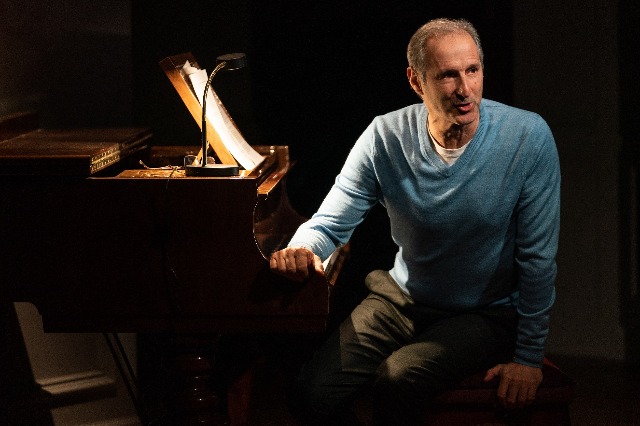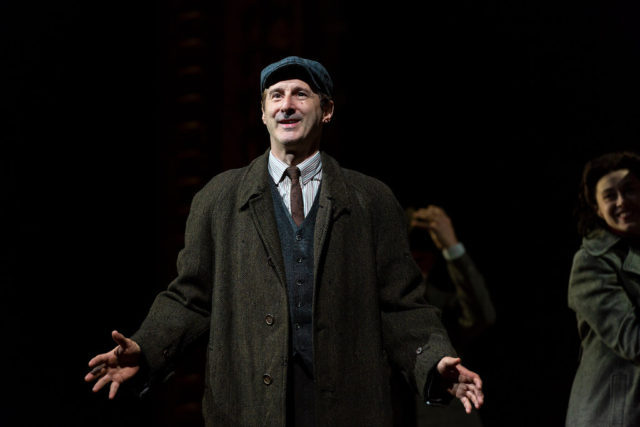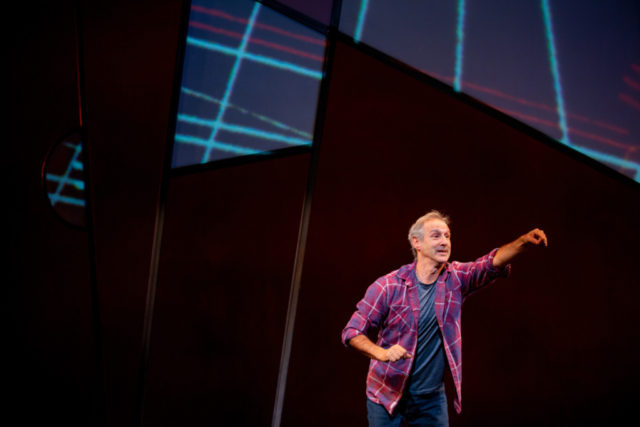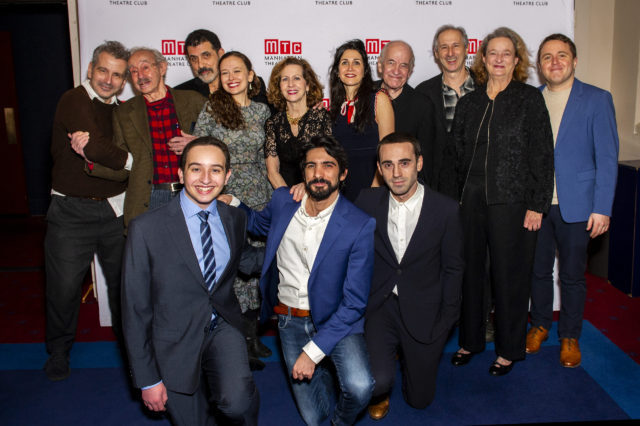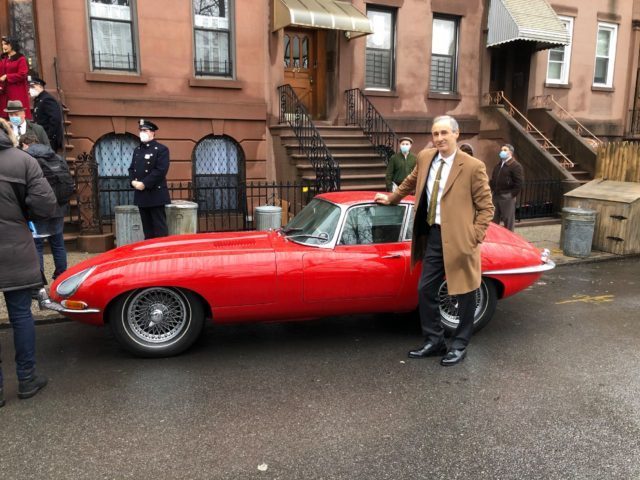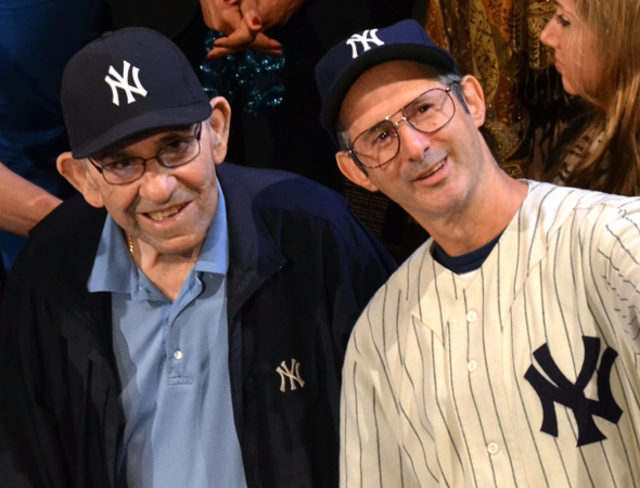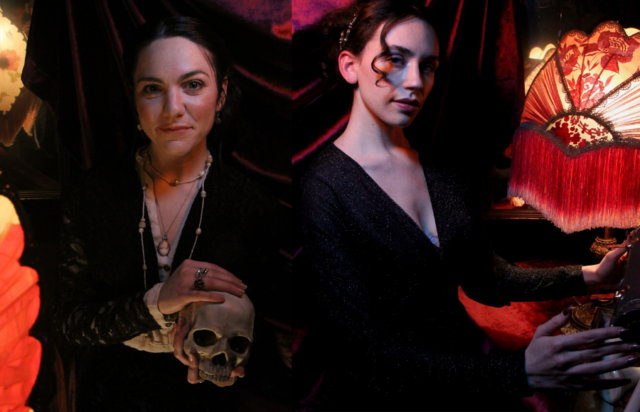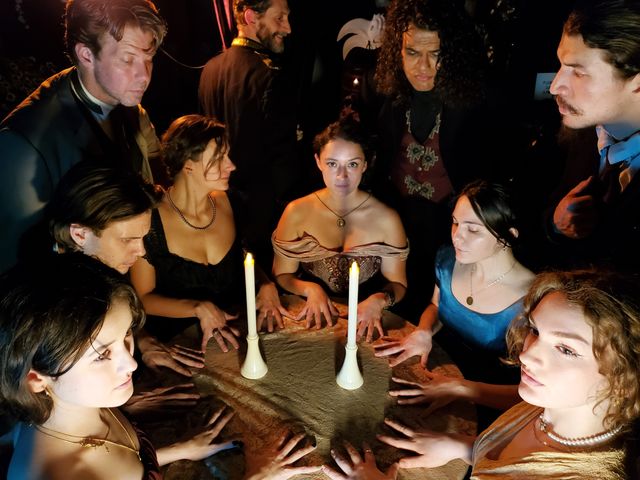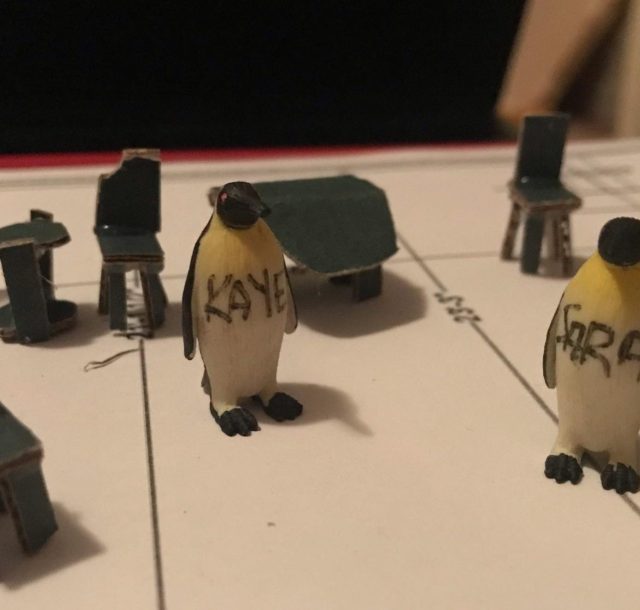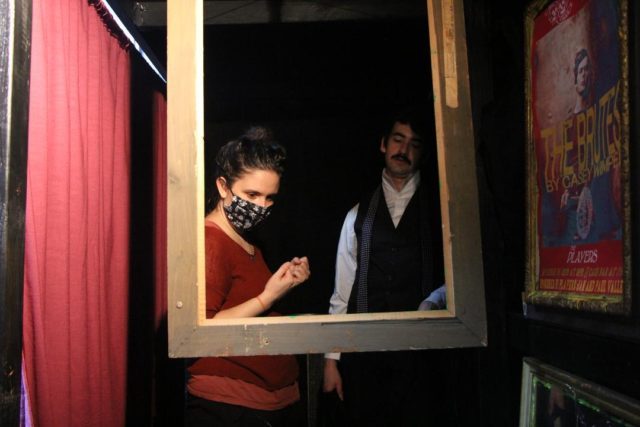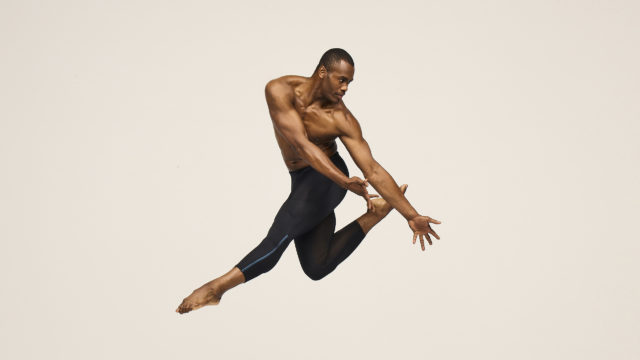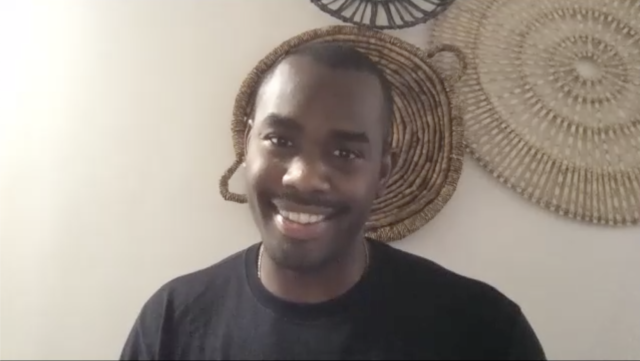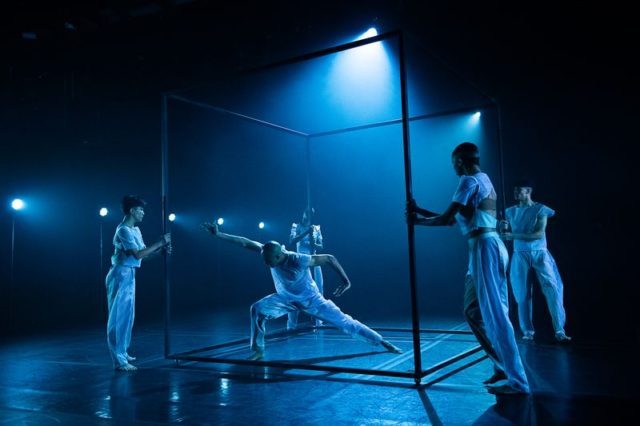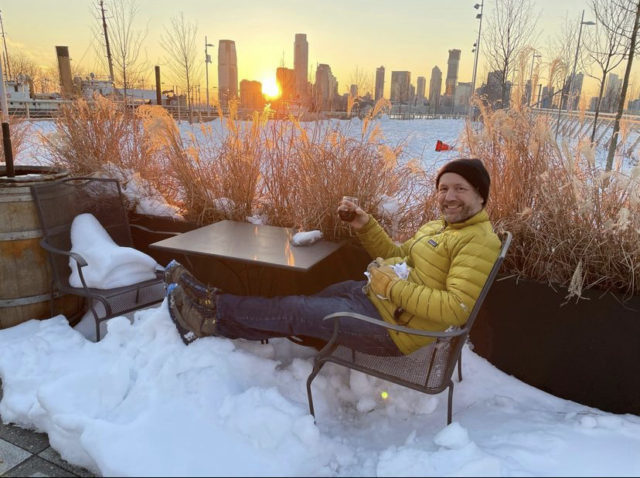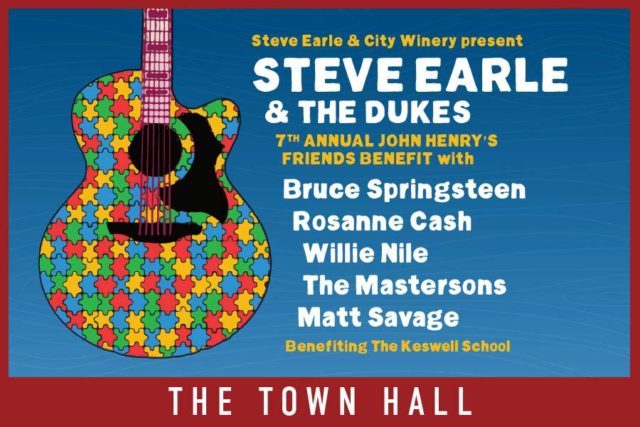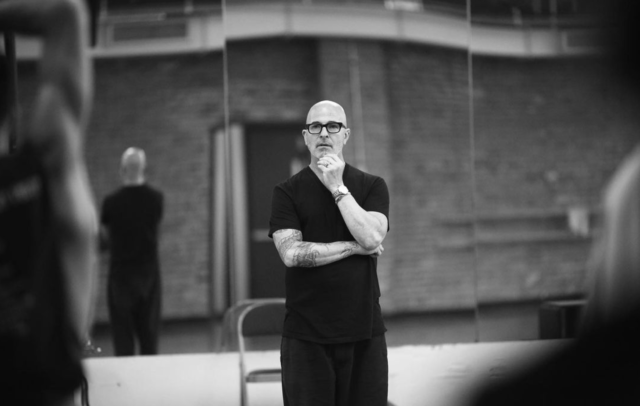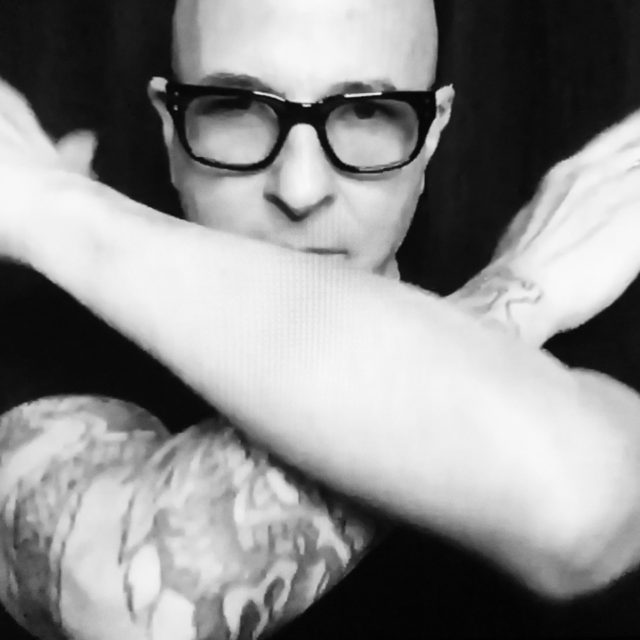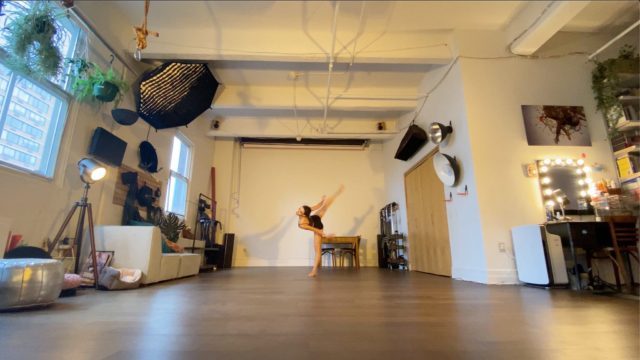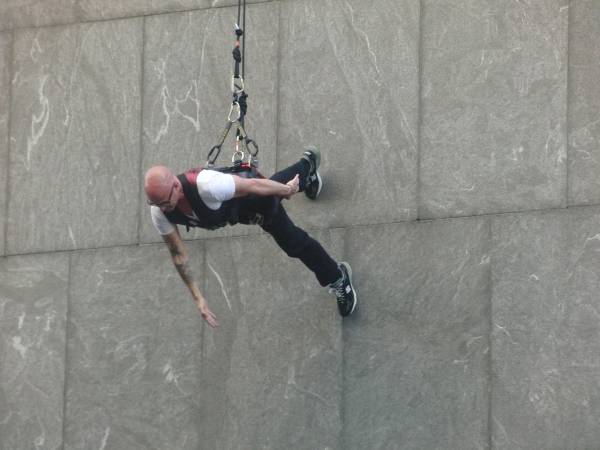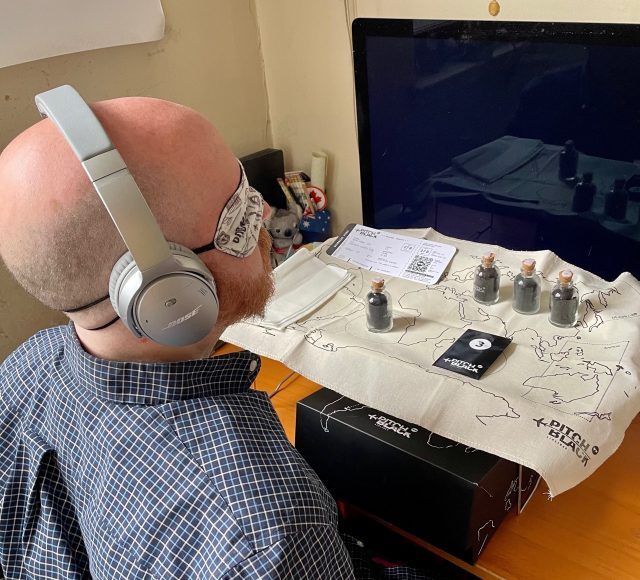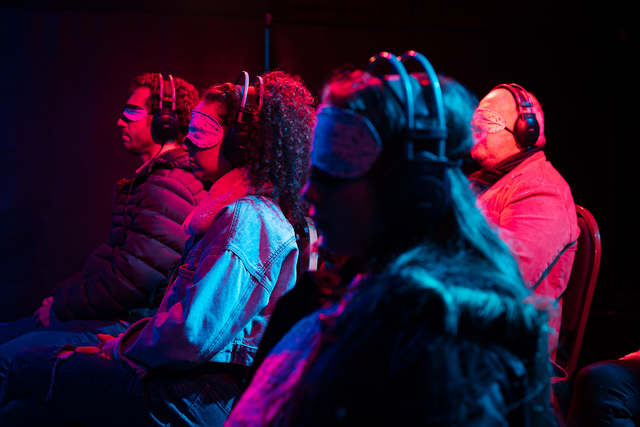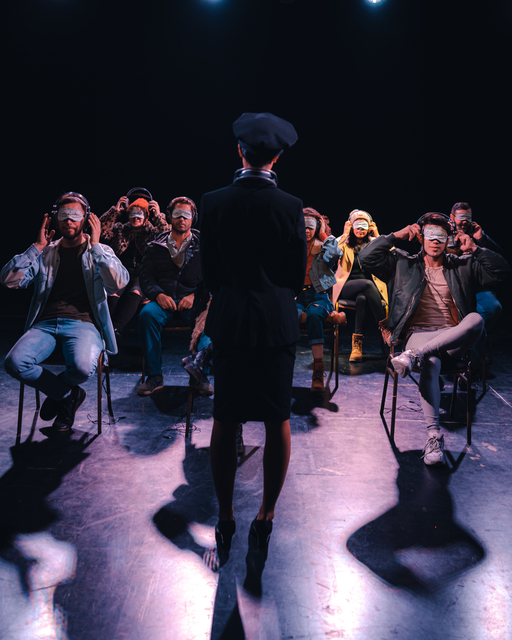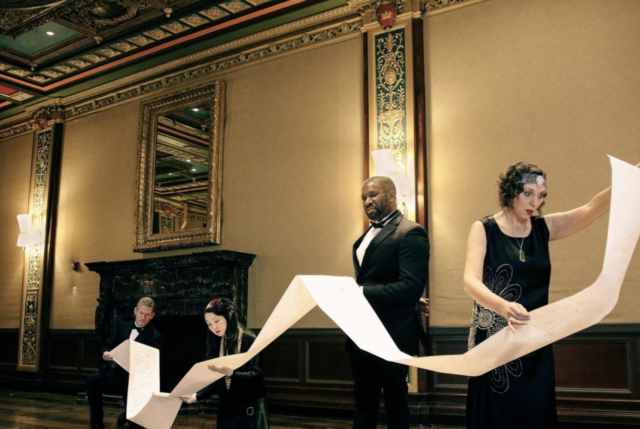
On Site Opera returns to site-specific productions with Gianni Schicchi at the Prince George Ballroom (photo courtesy On Site Opera)
GIANNI SCHICCHI
The Prince George Ballroom
15 East Twenty-Seventh St. between Fifth & Madison Aves.
April 7-10, $50
osopera.org
Since 2012, On Site Opera has been presenting immersive works in unique locations around New York City, including Benjamin Britten’s The Turn of the Screw at Wave Hill, Gian Carlo Menotti’s Amahl and the Night Visitors at the Holy Apostles Soup Kitchen, Gregg Kallor’s Sketches from “Frankenstein” in the Green-Wood Cemetery catacombs, and Michi Wiancko and Deborah Brevoort’s Marasaki’s Moon at the Astor Chinese Garden Court at the Met.
But when the coronavirus crisis led to a pandemic lockdown and people quarantining at home, barely venturing outside (or leaving the city entirely), the NYC-based company had to reevaluate its immediate future. Cofounding artistic director Eric Einhorn decided to continue making opera, but instead of fans coming to them, OSO would deliver the works straight to the audience, wherever they were sheltering in place.
The result was a series of innovative productions conveyed live over the phone for one person at a time (To My Distant Love); a mailed diary box featuring music by Dominick Argento, Juliana Hall, and Leoš Janáček and text by Anne Frank, Osef Kalda, and Virginia Woolf (The Beauty That Still Remains); and a live Zoom opera based on Georg Philipp Telemann’s Der Schulmeister (Lesson Plan).
Then, just as the troupe was preparing for its first site-specific indoor work in more than two years, Giacomo Puccini’s 1917–18 Gianni Schicchi at the Prince George Ballroom, Einhorn contracted Covid, forcing him to direct rehearsals over Zoom. The first of Puccini’s Il trittico (“The Triptych”), the fifty-minute comic opera tells the story of a family fighting over a will; the original was set in 1299 Florence, but Einhorn has reimagined it for the Roaring Twenties. OSO plans on staging the next two works, Il tabarro and Suor Angelica, in the coming years.
As opening night approached — Gianni Schicchi runs April 7-10 — Einhorn discussed the past, present, and future of OSO in this new age.
twi-ny: Okay, let’s start with the pandemic. What are the immediate thoughts of the head of a site-specific opera company when a health crisis suddenly shuts down indoor and outdoor venues everywhere and people lock themselves inside?
eric einhorn: I had two immediate thoughts when the pandemic hit: First, what does it now mean to be a company built on the idea of gathering in a specific space? And second, how can we as a company serve our community in these troubling times? The first question led us down a road of fascinating exploration about what constituted a site. The safest choice seemed to be to create projects that allowed each audience member’s own location to serve as the “performance site.” So many arts companies were defaulting to digital media as a way to maintain production, which made a lot of sense for most proscenium-based companies, but it did not for us. Looking at audience sites that did not involve patrons sitting on their computers (a must-have thanks to pretty immediate Zoom and YouTube fatigue) led us to create projects over the phone, through the mail, and via mobile app.
The second question of serving our community was answered through the fantastic collaborative efforts of our staff, board, advisory councils, and past artists. We offered free live watch parties of some previous productions, hosted industry panels, and offered free virtual performance coaching. All of this was rolled out in an effort to help our community remain together and offer experiences that could allow us all to focus on the things that brought us joy in the midst of the terrifying first months of the pandemic.
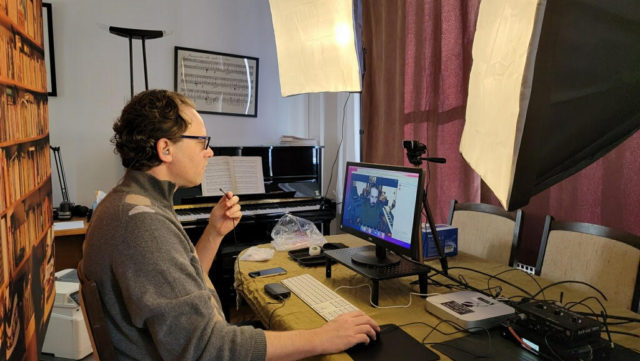
Eric Einhhorn directs via Zoom for latest OSO site-specific production (photo courtesy On Site Opera)
twi-ny: The phone project was To My Distant Love, a Beethoven song cycle performed for one listener at a time over the phone. How did that come about?
ee: Early in the pandemic, I was sitting in my home office going through my score collection, hoping to find some thread of inspiration in these newly troubling times. I pulled out my copy of Beethoven’s An die ferne Geliebte, which I had once performed when I was pursuing my vocal performance degree many years ago. I had always loved the song cycle for its compact pathos. Rereading the text in 2020, though, resonated in a totally new way. The poetry was about two lovers at a forced distance and the burning desire to be together again. If I didn’t know it was nineteenth-century poetry, I easily could have thought it was brand new and of the moment. Around the same time, I had been made aware of theater companies that created interactive telephone plays for an audience of one. After experiencing one for myself, I became convinced that opera (or a song cycle) could be delivered the same way. We commissioned playwright Monet Hurst-Mendoza to create an interactive script around the song cycle to allow performer and audience member to connect even more, as well as preshow love letters that elicited some fantastic, in-character replies from audiences.
twi-ny: You continued this idea of delivering the company to the audience instead of the audience coming to OSO with the diary box The Beauty That Still Remains, which was mailed out. How did people respond?
ee: After our “low tech” success with the Beethoven phone project, we continued to explore the various ways that we could connect with audiences that were not truly computer-based. Inspiration for The Beauty That Still Remains came from the phenomenon of subscription boxes that now permeate every market and taste. We didn’t know how audiences would respond to a project that was mailed in installments and featured both a tactile element (the box contents) and a digital one (the prerecorded musical performances). It turns out audiences loved it! As with all of our productions, every experiential element was tied into the story, which made it all that much more immersive. Patrons from all over the world engaged with this project, and it gave us yet another opportunity to explore the boundaries of site-specific performance during a time when gathering at a site was not possible.
twi-ny: Last summer you were finally able to gather at a site with The Perfect Pig and Tapestry of New York, at the Glade at Little Island. What did you think about the performance space and Little Island itself?
ee: Performing on Little Island as part of the NYC FREE festival was an incredibly special opportunity. Little Island is such a special place, and the Glade is a magical corner of the park that is perfect for performing. While we were in rehearsals for a full, outdoor production at the same time, the performances on Little Island were actually our first in-person performances since the pandemic began. It was really quite emotional to bring this particular repertoire to Little Island for our first in-person performances in two years. The Perfect Pig is a lovely short opera for families about the self-acceptance, and Tapestry of New York was a concert of selections highlighting many of the incredible communities that make up our city. Seeing audience members of all ages gather again and to be able to perform opera for them was truly a gift. For as much as audiences needed live music again, performers and creators needed to produce again.
twi-ny: If I’m not mistaken, your first Zoom show was Lesson Plan this past January. Had you previously been using Zoom for rehearsals or other reasons?
ee: Lesson Plan was, indeed, our first Zoom-based production. We had been using Zoom since the start of the pandemic for meetings and some select rehearsals but never for a full production. When most opera companies went fully digital in 2020, we did a significant amount of self-reflection to consider what it meant to be site-specific in these times of forced distance. In exploring the idea of the audience’s own location as the “site,” as you mentioned, we created productions for the phone and through the mail. We also created a self-guided walking tour program [The Road We Came] that explored Black music history in New York City through a mobile app with prerecorded performances. When planning our 2022 season, specifically the January slot, I took the general consensus of the scientific community to heart when they said that there could very well be another Covid surge during the winter of 2021. It seemed prudent to plan another remote project rather than face the possibility of having to cancel an in-person production.
For a while, I had wanted to create something around Telemann’s cantata Der Schulmeister — a charming comedy about a curmudgeonly music teacher attempting to teach children to sing. There were some jokes in the piece with the kids singing out of sync with the music teacher that immediately made me think of Zoom delays. This seemed like the perfect project for Zoom to become the site. We wanted to expand the piece a bit and create an English translation. For that, we commissioned Rachel J. Peters, who created something incredibly special with Lesson Plan. Our cast and team of engineering wizards brought it to life in such an amazing way — and it was fully remote and live over Zoom. This production choice proved prescient, as Omicron was in full force during the production period.
twi-ny: OSO is getting down to the site-specific business again with Gianni Schicchi at the Prince George Ballroom. Why that opera in that space?
ee: The Prince George Ballroom has been on my list of potential production venues for several years, but we couldn’t quite decide on the perfect piece to perform there. In planning the 2022 season, some of our programming goals were to keep our repertoire on the shorter side and skew towards comedy. We wanted to allow our audiences to ease back into the experience of being back “on site” and, given what the last two years have been like, we wanted to make sure laughter played a significant role in that. [OSO music director] Geoff McDonald and I arrived at Gianni Schicchi for several reasons: It’s funny, under an hour, and filled with some of the best music in opera. In matching the piece to a space, the Prince George Ballroom immediately came to mind as an opulent room perfect to serve as the home of Buoso Donati, the wealthy patriarch of the opera. The large ballroom also accommodates the audience, orchestra, and performers with plenty of room to spare, making sure that no one feels cramped — another important consideration given Covid.
twi-ny: What were the rehearsals like?
ee: Rehearsals were fantastic! To be in a rehearsal studio with so many wonderful artists working on such a masterpiece was really a joy that almost made one forget about the pandemic. That said, we adhered to strict health and safety protocols that included multiple tests every week for everyone involved in the production and fully masked rehearsals — all under the supervision of a Covid compliance manager hired specifically for the production.
https://twitter.com/onsiteopera/status/1511007803728670721?s=20&t=ZEmqgRQZrNceRe4-s1fNXQ
twi-ny: The company is currently celebrating its tenth anniversary. What were your expectations when the company started in 2012? What are your plans for the next ten years?
ee: Back in 2012, On Site Opera was a side project for me. It was an experiment in producing and directing in the crazy format of site-specific production. I never could have imagined it would turn into my full-time job, nor be able to grow to support a staff and as many productions as we now do. There are still moments when I have to pinch myself. The next few years will bring several new commissions, the completion of the Puccini Trittico cycle, and further exploration of the most exciting sites in NYC and beyond. One of the great aspects of the company is its nimbleness. This allows us to remain incredibly flexible in our programming and create productions and initiatives that can serve our community most immediately. In our second decade we will remain committed to our values of equity, diversity, inclusion, and accessibility as well as rich collaborations with our community of patrons, volunteers, artists, and audiences.
twi-ny: You’ve been a leader in the digital opera movement, incorporating apps, Google Glass, and other cutting-edge technology. How is this impacting your audiences?
ee: Adoption of our various technological initiatives has been quite high across all demographics. I think that it is, in part, due to the way our tech is always integrated into our productions. Whenever we decide to include new technology, we evaluate how the tech will interact with the show, what the adoption process might be, and if it could potentially be distracting. We also are mindful that it does not create a barrier for entry for any audience members. By approaching technology from this people-first angle, our initiatives have been quite successful.
Google Glass was an incredibly exciting experiment that brought together the tech and opera communities. I was disappointed when Google changed Glass’s focus to enterprise versus retail, as it essentially closed the door to further operatic applications. Our mobile app, though, and specifically the supertitle translation module, has had an extremely positive impact on our audiences. Before the app, many of our productions did not feature projected English translations (an industry staple these days) due to our immersive seating arrangements or simply a lack of surfaces onto which we could project in our various venues. The app now allows us to always offer English translations for patrons, as well as other languages — we are now consistently offering Spanish translations and have offered Japanese on a previous show. Plans are in the works for multiple language offerings for all of our productions. Since the app is very intuitive and smartphone-based, most audiences find the use of it in performances quite easy and fun.
twi-ny: When you have time to go out, are you seeing opera, or do you have other guilty pleasures?
ee: The pandemic has made me even more of homebody than I was before. However, when I do go out, it is typically to go on some crazy adventure with my kids or see a musical with my partner.
